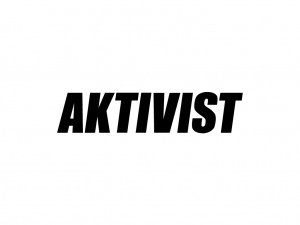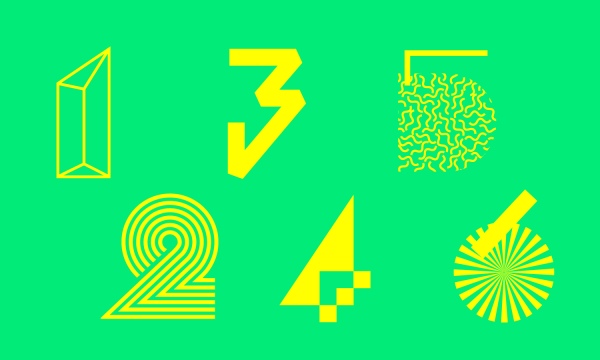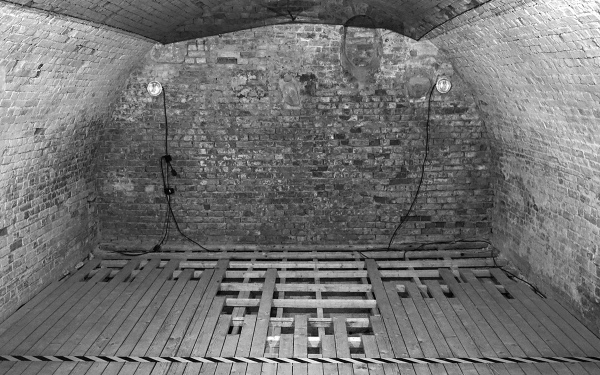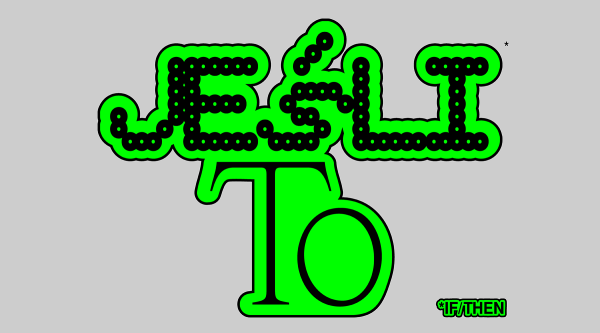Dorota Buczkowska
Plain bile would come from the liver
According to ancient beliefs the human being and other living creatures are interconnected by the means of fours elements, i.e. fire, earth, air and water, which – based on the teachings of Hippocrates and Galen – are in turn related to bodily fluids, the so-called humours, i.e. yellow bile, black bile, blood and phlegm. The physical condition of the human body is affected by their proportions and any disturbances in their level might lead to a disease. They also define one’s temperament (choleric, melancholic, sanguine or phlegmatic), pointing to the psychosomatic, inseparable interdependence between the spirit and the body. Thus, the temperament – a mixture of Hippocratic fluids – is on the one hand biologically predetermined, and on the other hand it specifies the individual type of one’s psyche.
Dorota Buczkowska’s drawings focus on combining physiology with psyche and on connecting the flows of emotions with the flows of bodily fluids; they explore various spaces of corporeality, sensuality, feelings and mind. Organised in a kind of a tableau, i.e. a nearly academic collection or a collection typical of natural sciences, they imperceptibly turn from abstract forms into the organic, figurative and fantastic ones. They preserve their complete autonomy and interconnectedness, ensuing from a great concentration and centrifugal energy, dragging the viewer deeper and deeper towards the invisible centre. Their materiality – density and saturation in combination with their transparency – result from the materials applied, i.e. colourful makeup products. Posing no barrier to the light, they resemble X-rays of rather undefined emotional organs, concentrations, combinations, fractures. The materiality of the dense tissue in the drawings is combined with the corporeality of the both forms and artistic gesture itself, with the inclusion of the direct relation of touch, i.e. the moments of connection between the colour applied and the living, warm skin. For a second there, a layer of black, thick lines subconsciously makes you think of a gentle movement of eyelashes, deep red – of the contour of the mouth, beige – of cheekbones glistening from under the layer of rouge. All of it, however, is already devoid of shape, blurred into abstract curls and stains, with the afterimage resembling the sensuality of the body, equivocal emotions, intensified presence and emptiness.
Not clearly defined fragments balancing at the very borderline of their recognisability seem to be close, intimate, natural, but at the same time artificial and separated, like dead cells, secretions already disconnected from the living circulation and human structures. As if in a laboratory, they are subject to observation and analysis; however, not a cold and distanced one, but carried out in the spirit of co-sympathy and with the need to find in these shreds our own – missing, lost, decayed, but potentially still active – life substances.
- Curated by
- Kaja Pawełek









